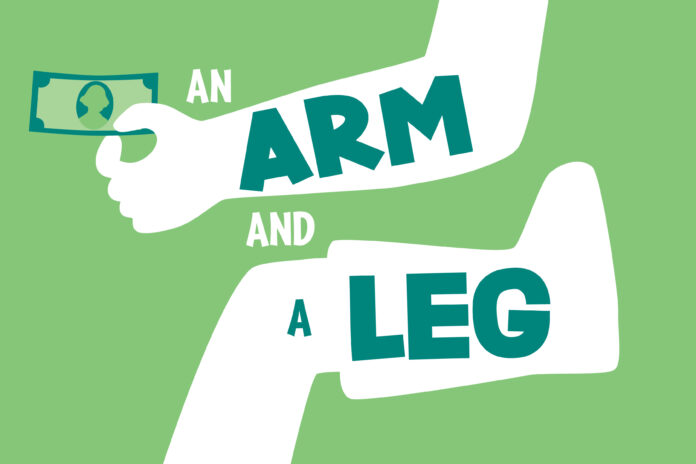A new multi-institutional study, led by University Hospitals Connor Whole Health, found that adults with newly diagnosed low back pain with or without sciatica who initially received spinal manipulative therapy administered by a chiropractor were significantly less likely to be diagnosed with opioid use disorder over a two-year follow-up compared to those prescribed ibuprofen.
The study suggests an association between spinal manipulative therapy and a lower risk of opioid use disorder in this population, highlighting its potential value as a first-line nonpharmacological option for low back pain amid the ongoing opioid crisis.
Published in Health Science Reports, this retrospective cohort study analyzed data from the United States’ TriNetX Research Network, including more than 49,000 matched patients from 2015 to 2025. Researchers found that only 0.24% of patients in the spinal manipulative therapy cohort were diagnosed with opioid use disorder within two years, compared to 1.51% in the ibuprofen cohort.
This translated to an 80% lower risk of opioid use disorder among spinal manipulative therapy recipients. Additionally, spinal manipulative therapy recipients were 77% less likely to experience long-term opioid use and 31% less likely to receive any opioid prescription compared to matched controls initially receiving ibuprofen.
“While prior studies showed that spinal manipulative therapy is associated with a lower likelihood of receiving opioid prescriptions, our study is the first to directly examine opioid use disorder,” said Robert Trager, DC, lead author of the study and Director of Chiropractic Medicine at UH Connor Whole Health.
The study focused on opioid-naive adults aged 18 and older with a new episode of low back pain, excluding those with prior opioid use disorder, opioid prescriptions, and serious pathologies like cancer or fractures.
Patients were sorted into two cohorts based on the initial care received for low back pain: those receiving spinal manipulative therapy administered by chiropractors and those prescribed ibuprofen in an outpatient setting without spinal manipulative therapy. A statistical technique called propensity score matching was used to balance the groups on demographics, and risk factors for opioid use disorder such as mood disorders, substance use history, and other factors.
“At UH Connor Whole Health, we continue to study the impact of nonpharmacological treatments to reduce the use of opiates for common pain conditions,” said Kristi Artz, MD, MS, FACLM, Vice President of UH Connor Whole Health and Sara H. Connor Chair in Integrative Health.
According to Roshini Srinivasan, MD, co-author and resident physician at Duke University Hospital, “It is equally encouraging and exciting to demonstrate a growing evidence base for chiropractic care contributing potential solutions to pain in the context of the opioid epidemic.”
The researchers noted limitations common to observational studies, including potential residual confounding and reliance on real-world electronic health records, which may have incomplete data. However, they emphasized that the findings corroborate clinical guidelines from organizations like the American College of Physicians and the US Centers for Disease Control, which recommend front-line nonpharmacologic options such as spinal manipulative therapy for low back pain.
The authors advocate for additional studies to investigate this topic and identify whether the observed differences are attributable to spinal manipulative therapy itself or to broader factors like patient-provider interactions in nonpharmacological care settings.
More information:
Robert J. Trager et al, Association Between Spinal Manipulative Therapy for Low Back Pain With or Without Sciatica and Opioid Use Disorder: A Retrospective Cohort Study, Health Science Reports (2025). DOI: 10.1002/hsr2.71267
University Hospitals Cleveland Medical Center
Citation:
Chiropractic care associated with reduction in opioid use disorder in patients with low back pain (2025, October 3)
retrieved 4 October 2025
from https://medicalxpress.com/news/2025-10-chiropractic-reduction-opioid-disorder-patients.html
This document is subject to copyright. Apart from any fair dealing for the purpose of private study or research, no
part may be reproduced without the written permission. The content is provided for information purposes only.


